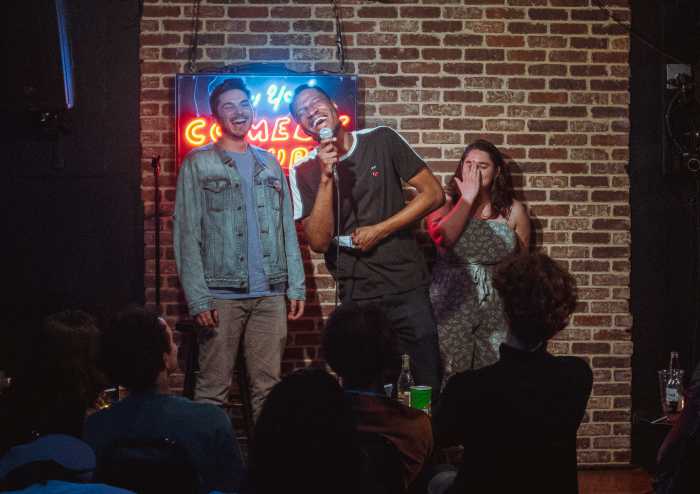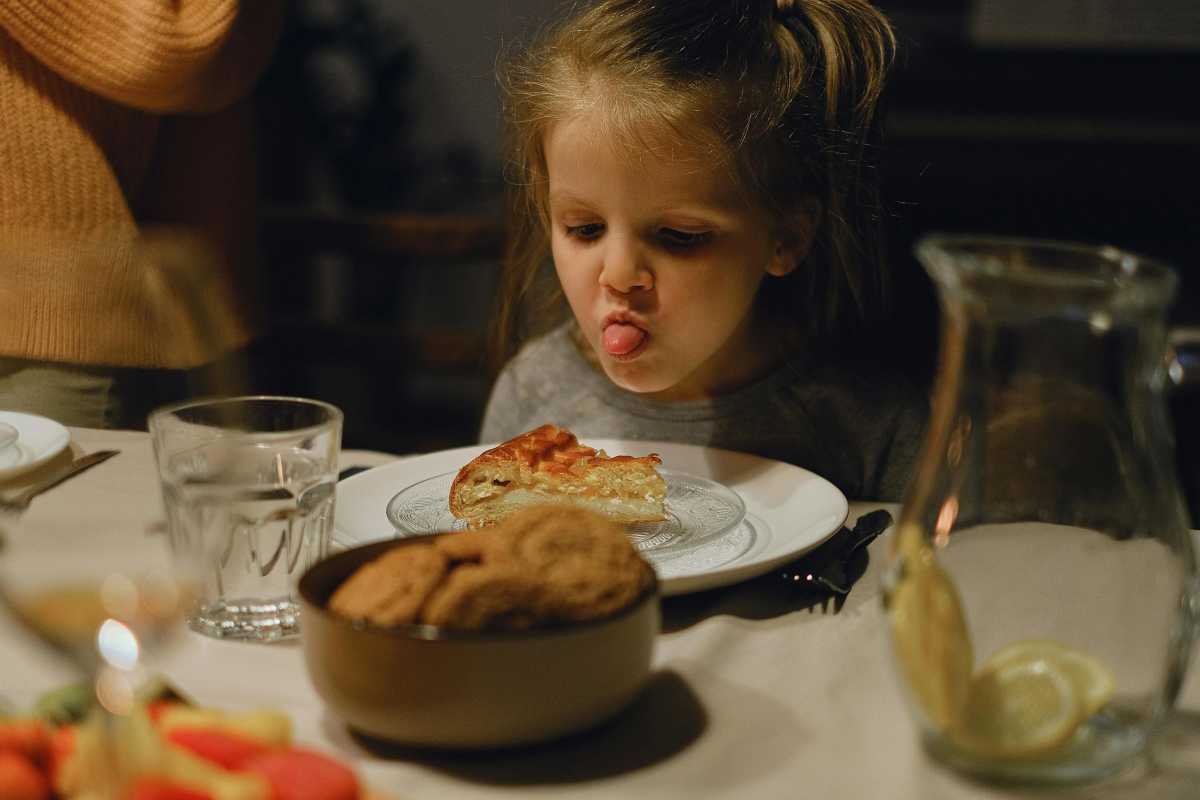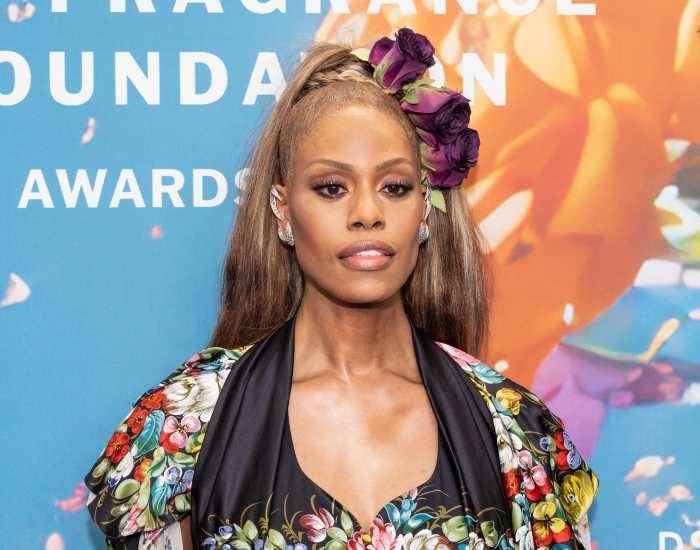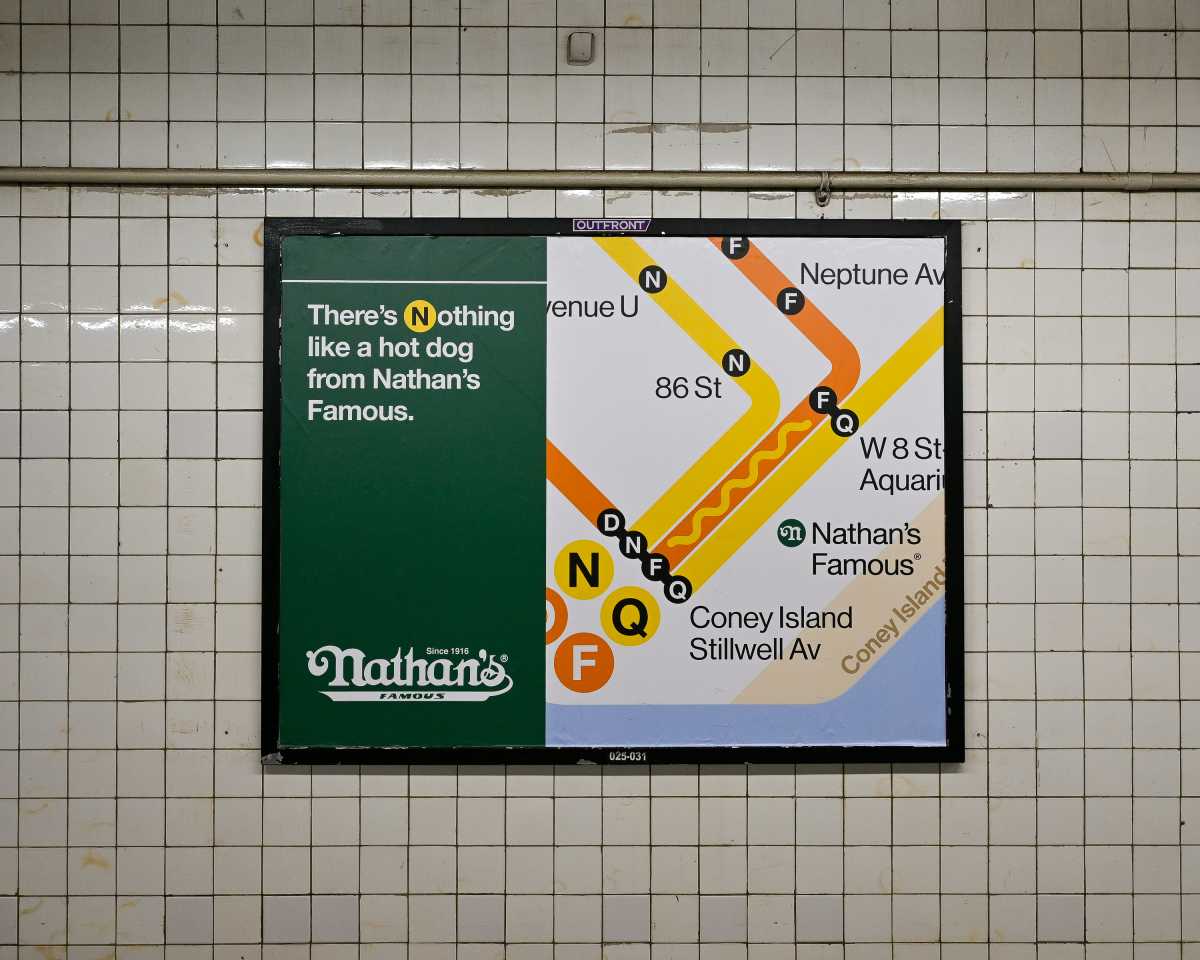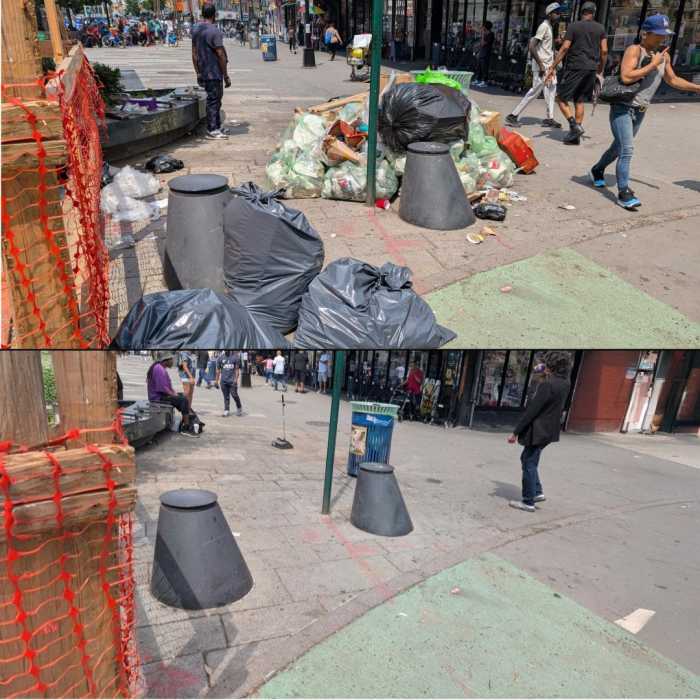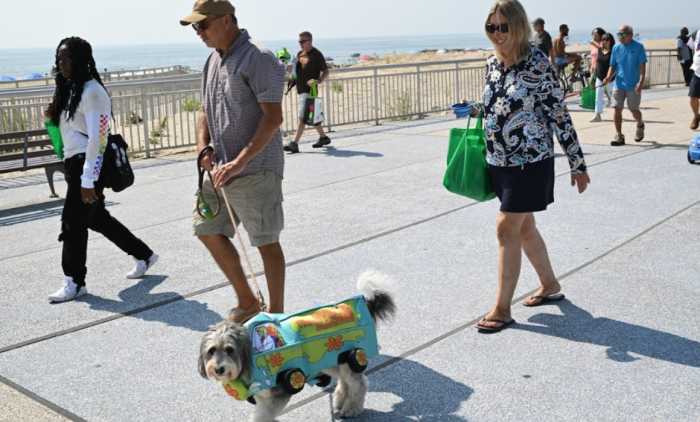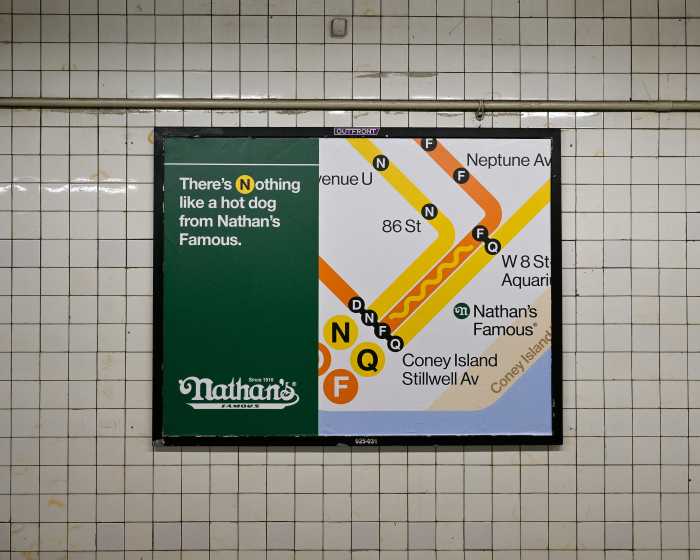
‘The Queen’
Documentary directed by Frank Simon
Not Rated
Playing at IFC Center
Before “RuPaul’s Drag Race,” before “Paris Is Burning” and even before the events of the Stonewall Inn came “The Queen.”
This brisk, exuberant 68-minute film is a remarkable time capsule of 1960s LGBTQ glamour and, in the words of its narrator Flawless Sabrina, “hip New York.” The subjects speak more realistically (and oftentimes more humorously) than a room full of screenwriters could ever hope for, and the mix of accents, from thick Lenny Bruce Noo Yawk to southern genteel, is a symphony of regional dialects.
“The Queen” will also delight fans of the then-new cinéma vérité style of the 1960s, with handheld cameras shooting 16mm in cheaply lit interiors. It’s somewhat reminiscent of some of Andy Warhol’s movies of the period, and the Emperor of Downtown Cool makes a brief appearance in this film.
He’s spotted in the audience of a female impersonator’s contest held at Town Hall in 1967. “The Queen” starts backstage during the run-up, then moves to the hotel rooms of contestants as they prepare. The last act is the show itself, plus a coda when the judging goes haywire.
Unlike documentaries of today, in which subjects enter “confessional booths” and overtalk everything, director Frank Simon is a silent observer. As such, you need to do a little work to string together the narrative arcs and anticipate conflicts. The promoters, producers and costumers are protective of the stars, many of whom are quite young. In the downtime, they chat among themselves, switching from frivolous subjects to more weighty topics like the nature of gender and whether or not they desire a sex change.
“This is what I’m wearing to the draft board,” one quips about a lengthy fur, before the conversation turns to gay people serving in the military.
Among the group is a young man riding in from Philadelphia named Richard offstage, but who transforms into Harlow. Later in life Harlow became a minor celebrity and bar owner, who then transitioned to Rachel. Though that isn’t shown in the film, Simon’s camera singles Harlow out, framing her with a reverence and poignancy.
It is likely that, decades ago, this movie may have been marketed in suspect ways. Some may have bought a ticket to “The Queen” in 1968 to gawk at “freaks,” but the joke would have been on them. This isn’t an exploitation film, it is a celebration.



